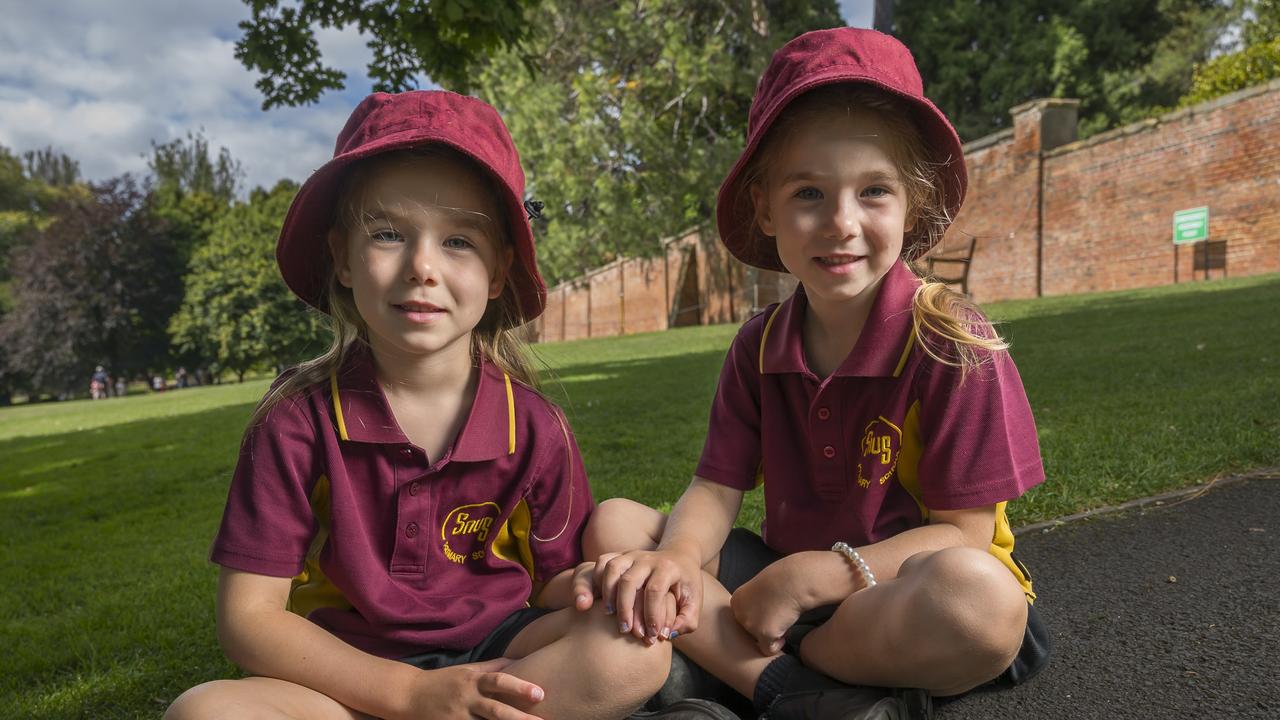Aurora Australis to depart Hobart for Dubai this weekend
The iconic Aurora Australis will depart Hobart for the last time leaving behind a decades-long legacy of southern exploration. SEE WHEN IT WILL DEPART >>
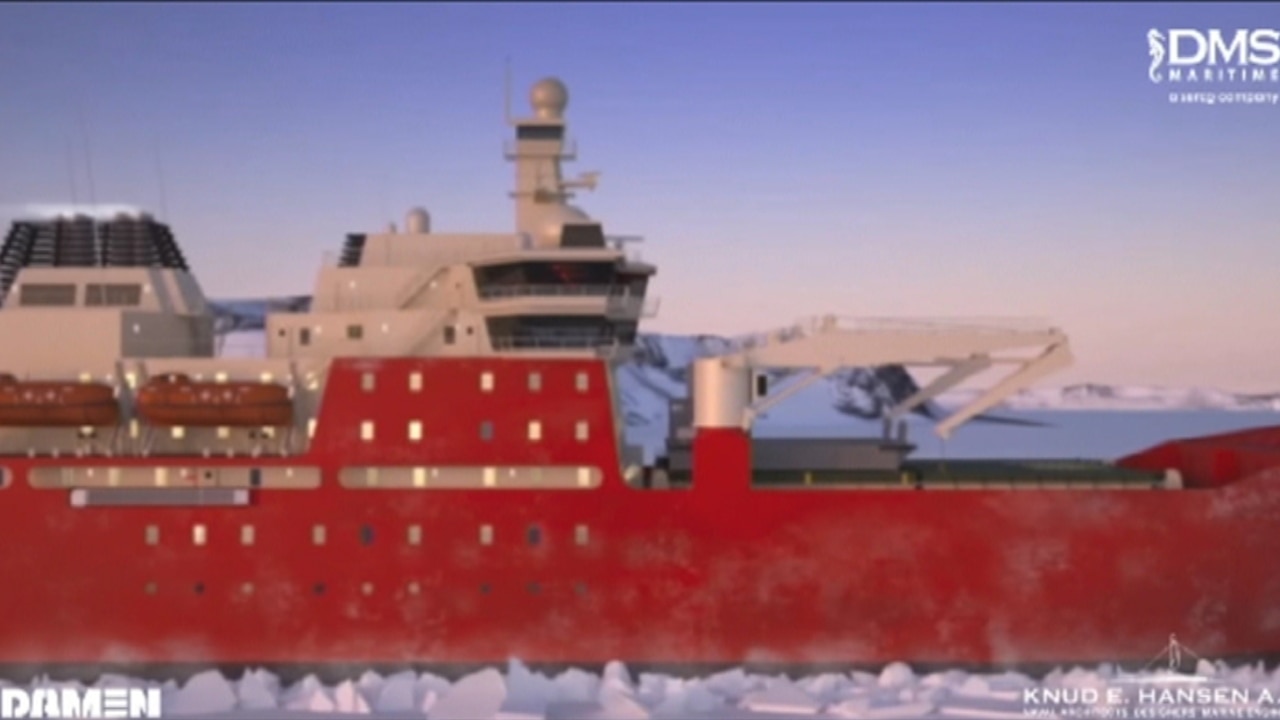
Tasmania
Don't miss out on the headlines from Tasmania. Followed categories will be added to My News.
- Australia’s new icebreaker RSV Nuyina takes to the seas in Europe
- Port upgrades to help support new icebreaker in exploring one of the Earth’s ‘last frontiers’
WHEN the Aurora Australis sails out of the Derwent River on Saturday it will not be heading back to the frozen continent but instead to one of the hottest places on earth.
Boats of all sizes are expected to form a farewell flotilla as the bright-orange icebreaker sails out of its home port for Dubai where temperatures regularly reach over 40C.
The Aurora Australis returned from its last mission to Antarctica in March after three decades on the job.
It then sat looking a little forlorn at Macquarie Wharf for nine months as its fate was decided by owner P and O Maritime Services.
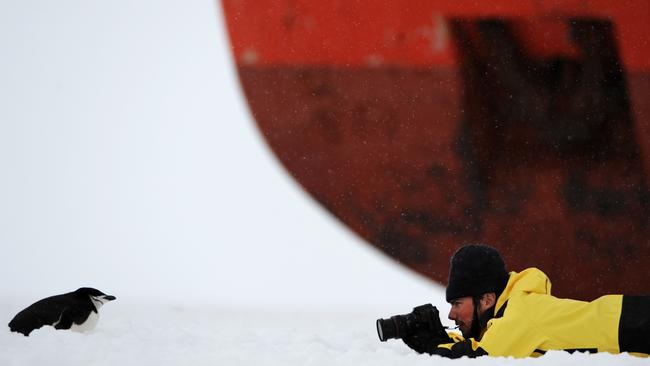
“The last voyage to Antarctica was sad,” ship master Gerry O’Doherty said.
“Since then we have been waiting for news knowing it would go offshore one way or the other. We just didn’t know where and to whom.
“We have now been buoyed by the knowledge she is going back into service and could even end up in the polar regions again. She has many years of service in her yet.”
Capt. O’Doherty has been preparing the ship for handover and will be on the bridge as the Aurora Australis heads down the Derwent for the last time.
He is likely to take up a position on the Aurora Australis’ replacement vessel the RSV Nuyina but has not locked anything in yet.
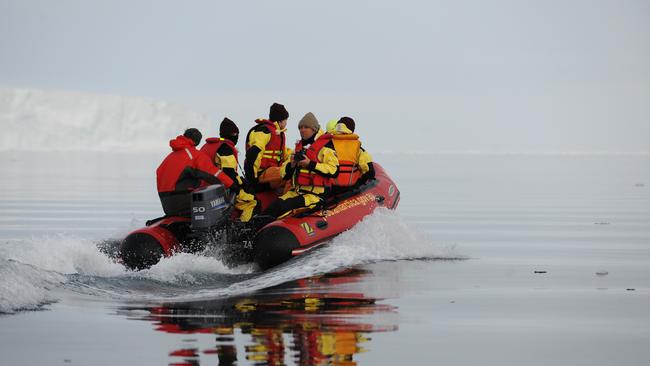
“It will be an emotional time sailing out and expect to hear a honk or two from me as we depart,” Capt. O’Doherty said.
Capt. O’Doherty has been on board the Aurora Australis since 1999, starting as an integrated rating (a deck hand of sorts) and working his way up to Master.
“Being on board the Aurora Australis has been the highlight of my working life,” he said.
“Antarctica is an amazing place – the closest thing to going to another planet. It is spectacular, beautiful and wild.
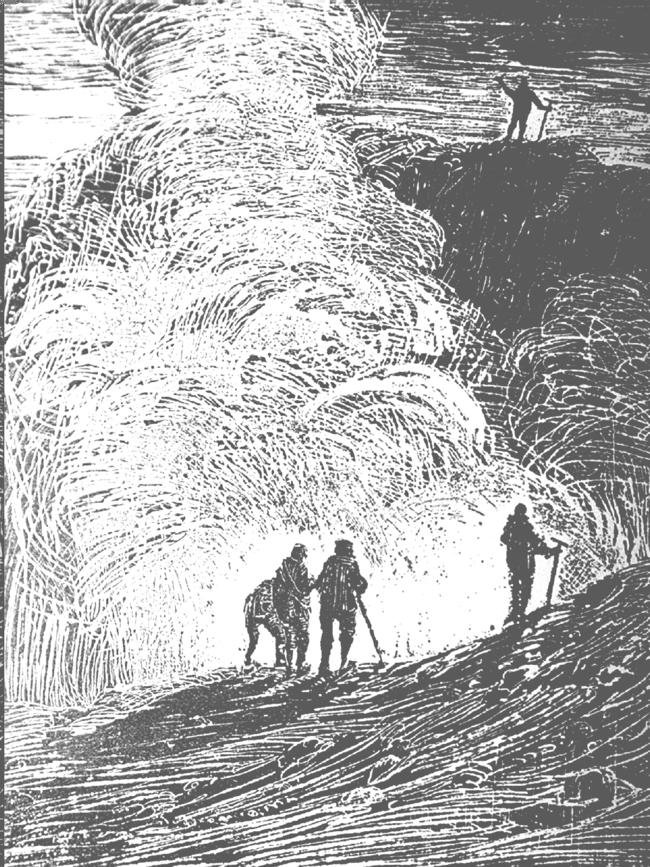
“It is a challenging environment that changes all the time and it can be a dangerous place.
“But the best bit is knowing I have contributed to whatever endeavour the scientists on board are involved in. Their work is saving the planet and that is a very worthy cause.”
The Aurora Australis has rescued crew from stricken ships and bought injured expeditioners home.
She has suffered an engine fire and run aground.
In 2014, the ship rescued 52 passengers from the MV Akademik Shokalskiy which had become trapped in sea ice.
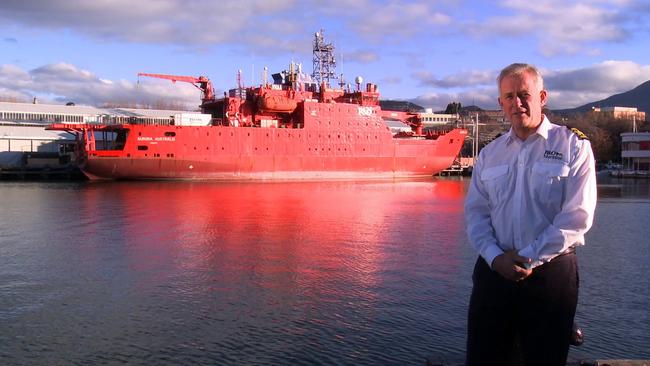
Two years later a US aircraft was brought in to bring stranded expeditioners back to Hobart after the Aurora Australis ran aground near Mawson research station.
And in July 1998, a fire in the engine room of the research vessel forced it to return home nine days into a two-month expedition to study winter sea ice formations.
The ship is owned by P and O Maritime Services but regularly chartered by the Australian Antarctic Division for research cruises and to support Australian bases in Antarctica.
When she retired in March it was first feared she might end up as scrap metal.
The Aurora Australis Foundation was established to try to save the vessel and transform it into a floating museum.
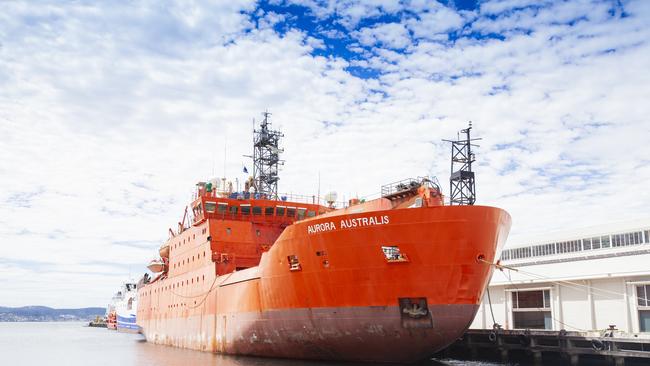
Then speculation spread that the ship had been sold to the Argentine Government for $2 million but that deal never eventuated.
Now P and O Maritime Services plans to put her in dry dock in Dubai where she will be refurbished then either leased to another operator or sold.
The AAD said a series of farewell events planned to farewell the ship had to be cancelled due to the COVID-19 pandemic.
AAD director Kim Ellis said the “Orange Roughy” had carried more than 14,000 expeditioners on over 150 scientific research and resupply voyages to its Antarctic and sub-Antarctic stations.
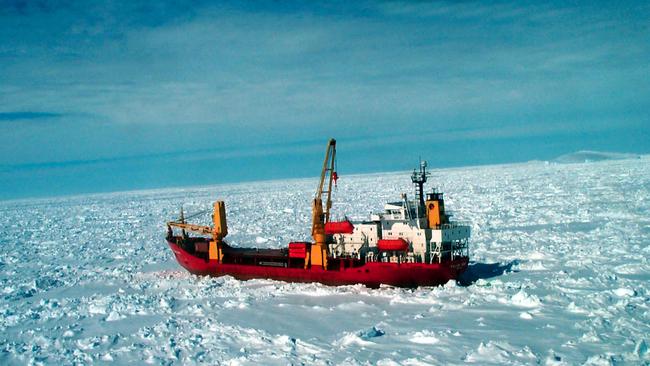
“All expeditioners who’ve sailed on the Aurora Australis have a soft spot for the icebreaker, whether it’s because the ship has enabled their science or transported them south for an Antarctic adventure,” Mr Ellis said.
The ship was built in Newcastle and launched in September 1989. It’s first voyage with the Australian Antarctic Program was to Heard Island in 1990.
“She’s much more than a ship, she’s been a lifeline, she’s been a home, she’s been a symbol that really captures that whole Antarctic spirit.”
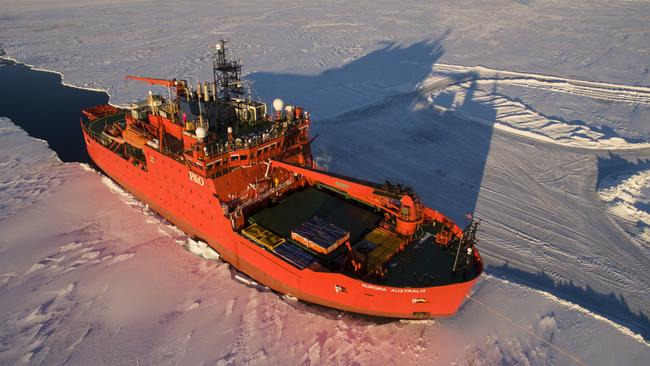
The AAD will use the MPV Everest to resupply its Antarctic station and Macquarie Island this summer while it awaits the arrival of its new icebreaker from Romania.
The end of Aurora Australis’ contract and the delayed arrival of the RSV Nuyina meant an alternative ship had to be contracted.
The RSV Nuyina was due to arrive in Hobart by the end of the year but has been delayed.
It is now due to tie up in Hobart by the middle of next year.
The AAD said the new vessel had unparalleled scientific cargo and icebreaking capability.

